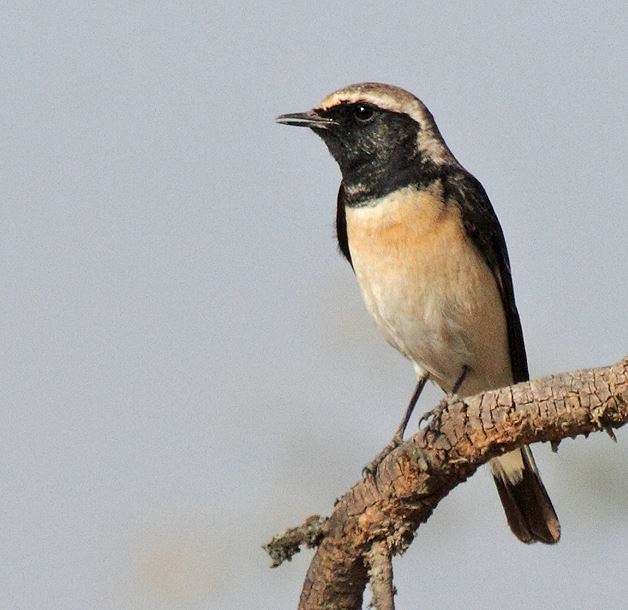
Photo@Tony Crocetta
Vitelline Masked Weaver is a common wevar that is at home in and around habitat in the dry acacia belt. It is a species that is similar to large Black-headed Weaver, but can be easily separated given a good view. Although both species have red-eyes and warm-chestnut border to their black faced-mask, the black on the male Vitelline’s head does not extend onto the crown or down onto the breast, and it’s back does not have strong black “tramline” as in Black-headed Weaver.
The female Vitalline shows a pale narrow bill compared to the dark, heavy bill of the female Black-headed weaver, and the breast and flanks are generally a warm buff contrasting with a white belly.
In Kenya huge concentration of this species can be recorded in dry areas a round Lake Bogoria and Baringo, Kerio Valley, Samburu National reserve, Meru National Park and Tsavo West and East Parks.




